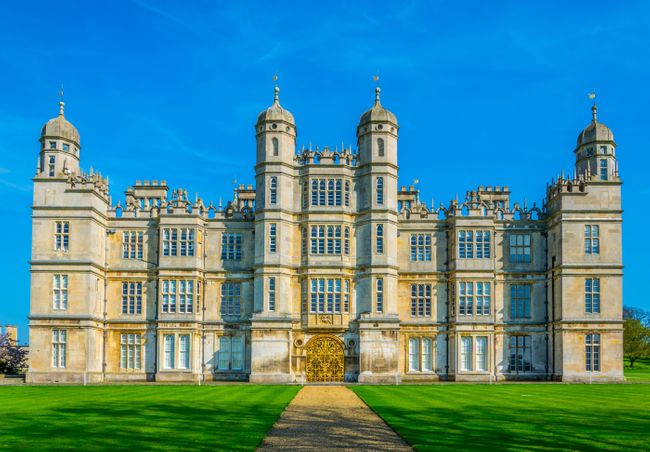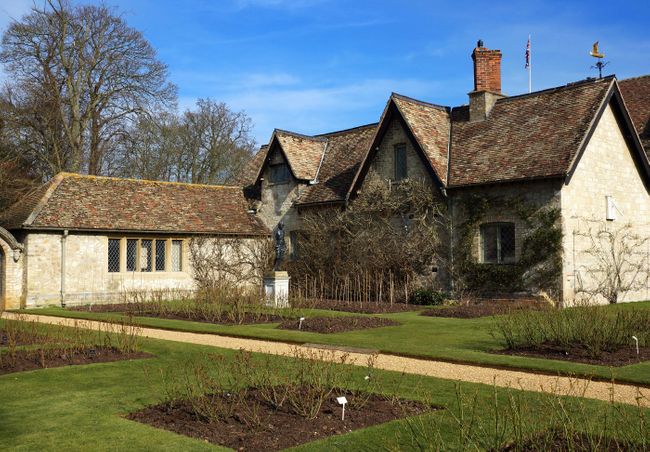This (roughly) eight-mile circular walk starts at the pretty village of Barnack near Stamford, home to the Hills and Holes Nature Reserve.
Criss-crossed with pathways that rise and dip with the Teletubby-esque mounds, the otherworldly landscape was created from the spoils of a medieval quarry. Come at Easter to see the rare pasqueflowers, or in June and July when the reserve is scented with fragrant orchid and butterflies flutter through the profusion of wildflowers.
From here, the path follows a country lane, then an old Roman road to the estate of Burghley House, with grounds befitting a stately home. Dipping into Lincolnshire, drop down to the historic town of Stamford – a favourite location for period dramas – then follow the Torpel Way back to Barnack.
Park in the village and walk down Walcot Road to the entrance of Hills and Holes. Follow the boundary path that runs between the nature reserve and Walcot House and emerge at Heath Road. At the junction, where The Green Drift and Mill Road meet, cross over and follow the old Roman Road, Ermine Street (also on the Hereward Way) through fields, then into the parkland of Burghley House.
Where the Hereward Way meets the Old Great North Road (less romantically known as the B1081), follow the road down towards Stamford, turning left into First Drill Lane and right over a stile to drop through fields into town. Head for the George Hotel for lunch, a historic coaching inn with opulent rooms, and a gorgeous leafy courtyard.
Take time to explore the centre of the handsome town before heading east along Barnack Road. Upon reaching open countryside, follow the sign left along a hedged path. Cross the railway and turn right to follow the Torpel Way, heading east between the train track and the River Welland.
Cross the railway line again at Uffington Road and turn left to keep on the Torpel Way (the railway now on your left). The path zig-zags through fields to Station Road. Turn right back into Barnack. Celebrate the end of your walk with a pint at the Millstone Inn.









